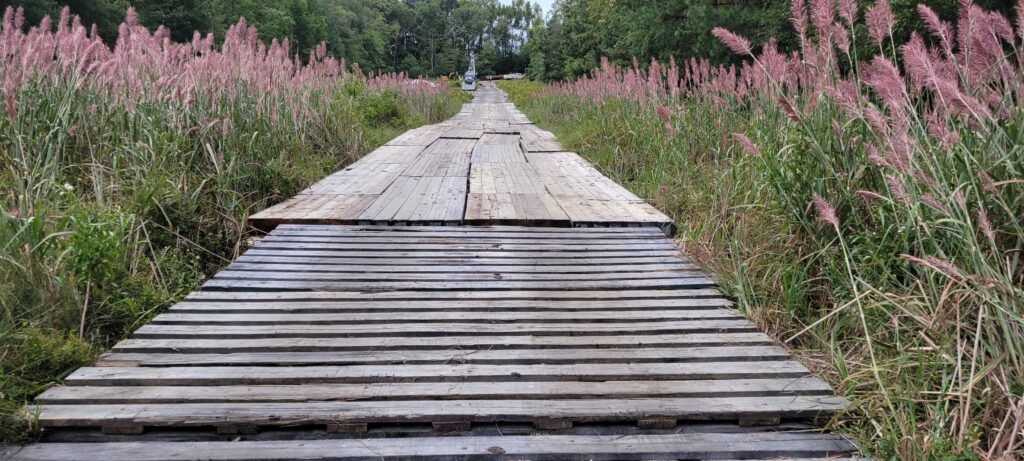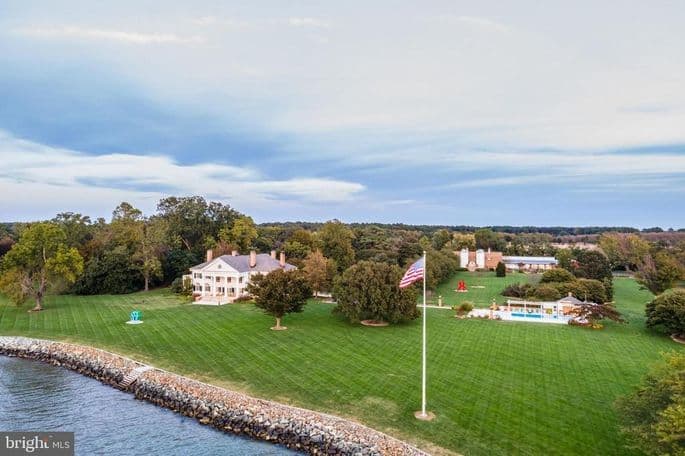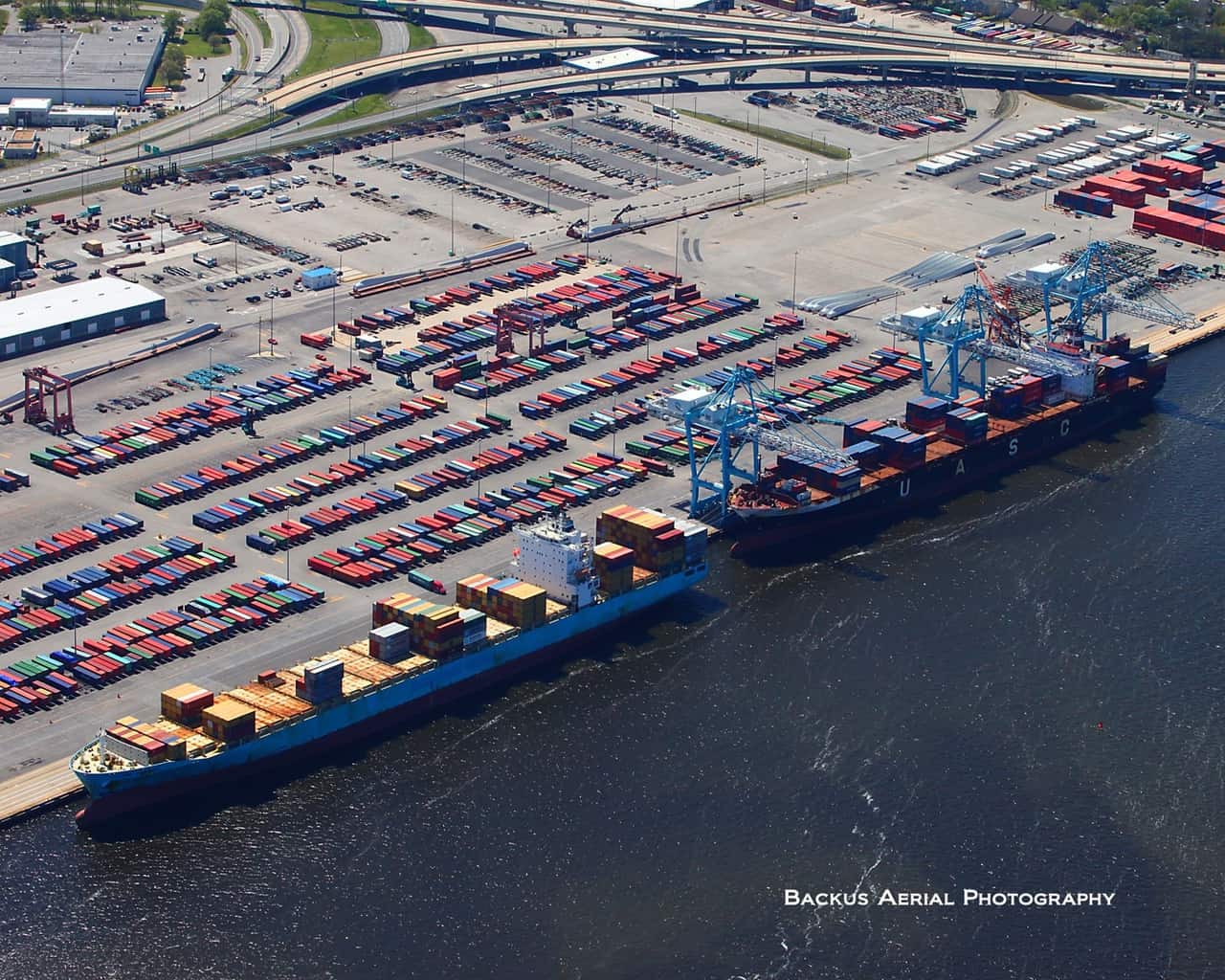A local contractor is using eucalyptus mats to protect a wetland tributary during an Essex County, Virginia construction project—one of the first of its kind in the Commonwealth.
The project, overseen by Bruce Howard Contracting, Inc. (BHCI), is situated near the Rappahannock River and is focused on creating building access and erosion and sediment controls for a utility company. The sustainable mats, designed by World Forest Group, are being utilized to help protect the surrounding wetlands during construction.
“Due to the nature of the utility, many of its assets are in remote areas such as wetlands and farm fields,” says Daniel Rickmond, the company’s director of engineering. “These are considered sensitive areas where pollution from construction activities such as sediment releases must be contained.”
The Charles City-based company, which also worked on projects such as the VCU Rice Rivers Center Education Building and Skiffes Creek, was impressed by their durability. After initial tests, including rolling fully loaded quad-axle dump trucks over them, BHCI determined the eucalyptus boards were the best choice for the project.
Around 400 eucalyptus mats are now being used with 8,000 allocated for the job. They currently cover 4,000 square feet of the construction area.
The stiff yet lightweight boards are designed to protect delicate habitats, like wetlands, from heavy machinery. Unlike traditional hardwood lumber, eucalyptus mats are less likely to rot and aren’t chemically treated making them a much more eco-friendly option.
To be installed, the boards were transported to the site with over-the-road trucks and placed near the access location. Rubber tire loaders or skid-steers then brought them to an excavator which then carefully double-stacked them in the wetland.
“The double stacking of the mats allows for more weight distribution and therefore less impact to the wetlands than conventional mats,” says Rickmond. “The solid surface of these mats is also ideal for catching any spills that may occur.”
While using eucalyptus boards might be innovative, matting isn’t a new technique in the Bay. The tools (most of which are hardwood or plastic) are required under the permitted Erosion and Sediment Control Plan and Stormwater Pollution Prevention Plan – especially when a wetland will be crossed more than once every six weeks.
To ensure the Essex County project meets environmental requirements, the landscape is regularly monitored with certified inspectors visiting the site every four days and after heavy rain. BHCI also conducts daily inspections for leaks, silt fence tears and to ensure the mats are level.
Wetlands, which work as natural water filters and sponges, have been quickly vanishing due to factors like development and climate change. As they start to disappear, it can lead to an increase in water pollutants, flooding and a lack of wildlife habitats. In Virginia alone, sea level rise could cause 42 percent of its tidal wetlands to disappear by 2100 if more isn’t done to preserve them.
The growth of eco-friendly tools like eucalyptus mats, though, could better protect wetlands from heavy construction and help lead the industry into a more sustainable future.
-Rachel Kester




